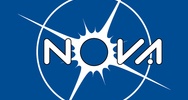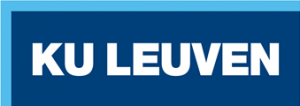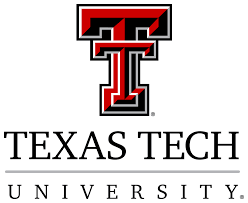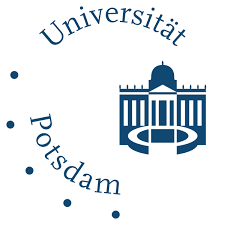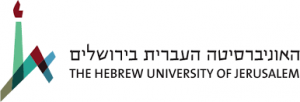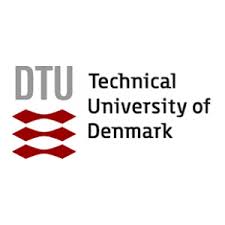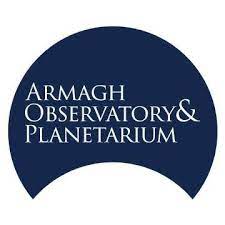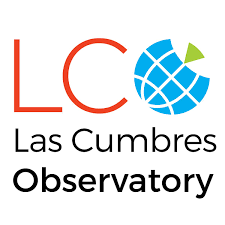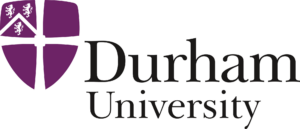The BlackGEM Consortium
The BlackGEM array is designed, built and operated by a consortium of universities.
Institutional partners
The Netherlands Research School for Astronomy (NOVA), Radboud University and the KU Leuven are the founding partners of the consortium and have agreed to design, built and operate the first three BlackGEM telescopes (BG-3).
PI-level partners
A number of institutes/researchers have become a member of the BlackGEM consortium:
- Armagh Observatory and Planetarium, UK (Gavin Ramsay)
- Durham University, UK (Simone Scaringi)
- University of Hamburg, Germany (Thomas Kupfer)
- Hebrew University Jerusalem, Israel (Assaf Horesh)
- Las Cumbres Observatory, USA (Rachel Street)
- Tel Aviv University, Israel (Iair Arcavi)
- Texas Tech University, USA (Michael Fausnaugh)
- Technical University of Denmark, Denmark (Giorgos Leloudas)
- The University of California Davis, USA (Stefano Valenti)
- University of Barcelona, Spain (Nadia Blagorodnova)
- The University of Manchester, UK (René Breton)
- University of Potsdam, Germany (Stephan Geier)
- University of Valparaíso, Chile (Maja Vuckovic)
- The University of Warwick (Ingrid Pelisoli)
- The Weizmann Institute, Israel (Avishay Gal-Yam)
New partners
Expansion to the full array will require additional, outside funding. The BlackGEM consortium is looking for scientific partners to exploit and expand the array. Membership is possible in two forms:
- PI-level membership for an individual researchers and her/his group (PhDs and postdocs). PI level members obtain access to all data, are expected to lead a science working group, and to be active members of the Science Team. PI-level members do not gain a seat on the Consortium Board. The entry-fee for PI-level members is 150 kEuro, which covers a period of five years from the start of operations.
- Institute-level membership for full institutes. This covers all members in an astronomical institute, current and future, including postdocs and PhDs. Institute level members obtain access to all the data, are expected to lead one or more science working groups and to be active members of the Science Team. Institute level partners gain a seat on the Consortium Board. The entry-fee for Institute-level partners is 1 MEuro, which covers a period of five years from the start of operations.
All additional partnership fees will be used towards the operations of the BlackGEM array and its expansion to 15 telescopes. Point of contact for new membership is the Principal Investigator, Paul Groot (p.groot ‘at’ astro.ru.nl) or the Project Scientist, Jan van Roestel (j.c.j.vanroestel ‘at’ uva.nl)

